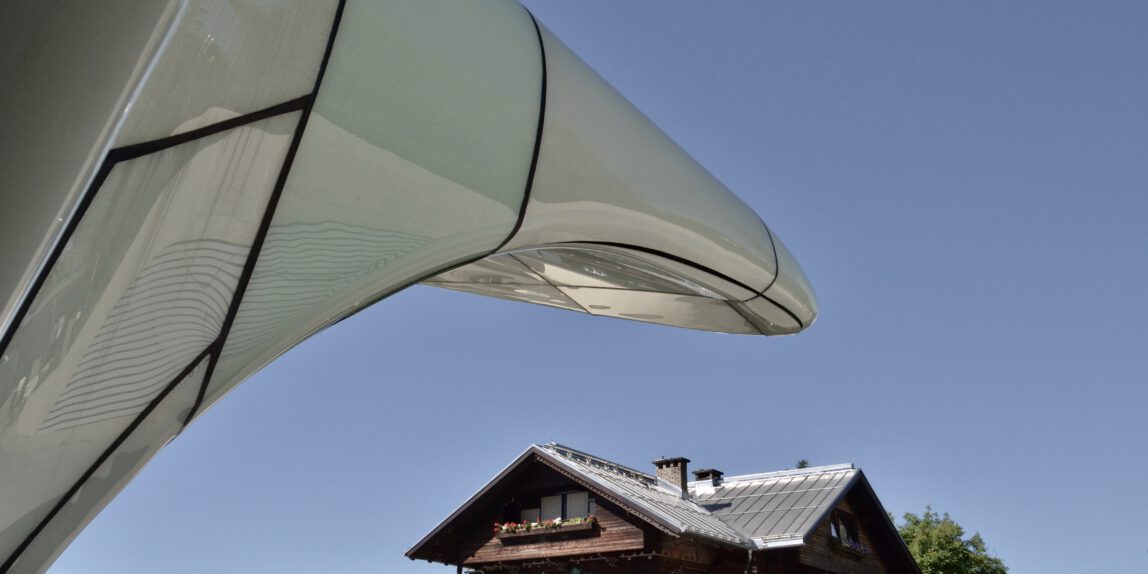Zaha Hadid was an Iraqi-British architect and designer, widely regarded as one of the most influential and innovative architects of the 21st century. She was born on October 31, 1950, in Baghdad, Iraq, and passed away on March 31, 2016, in Miami, Florida. Hadid's work is characterized by its innovative use of technology and materials, and its focus on creating fluid, dynamic forms that challenge traditional notions of space and structure. Her designs often feature sweeping curves, complex geometries, and striking visual impact. One of the key aspects that makes Hadid's work so special is her use of parametric design, which involves using computer algorithms to generate complex shapes and forms. This allows her to create designs that would be difficult, if not impossible, to achieve using traditional design methods. Another notable aspect of Hadid's work is her commitment to sustainability and environmental responsibility. Many of her buildings feature green roofs, rainwater collection systems, and other sustainable design features, which help to reduce their environmental impact and improve their overall performance. Hadid's buildings can be found all over the world, and some of her most notable projects include the London Aquatics Centre for the 2012 Olympic Games, the MAXXI Museum of 21st Century Art in Rome, and the Guangzhou Opera House in China. Overall, Zaha Hadid's work is celebrated for its bold, innovative designs, its use of advanced technology and materials, and its commitment to sustainability and environmental responsibility. Her legacy continues to inspire architects and designers around the world to push the boundaries of what is possible and create buildings and spaces that are both functional and beautiful.
One of the most iconic buildings on the WU Wien campus is the Library and Learning Center (LLC), designed by the renowned architect Zaha Hadid. More information about the LLC and the campus in general can be found here
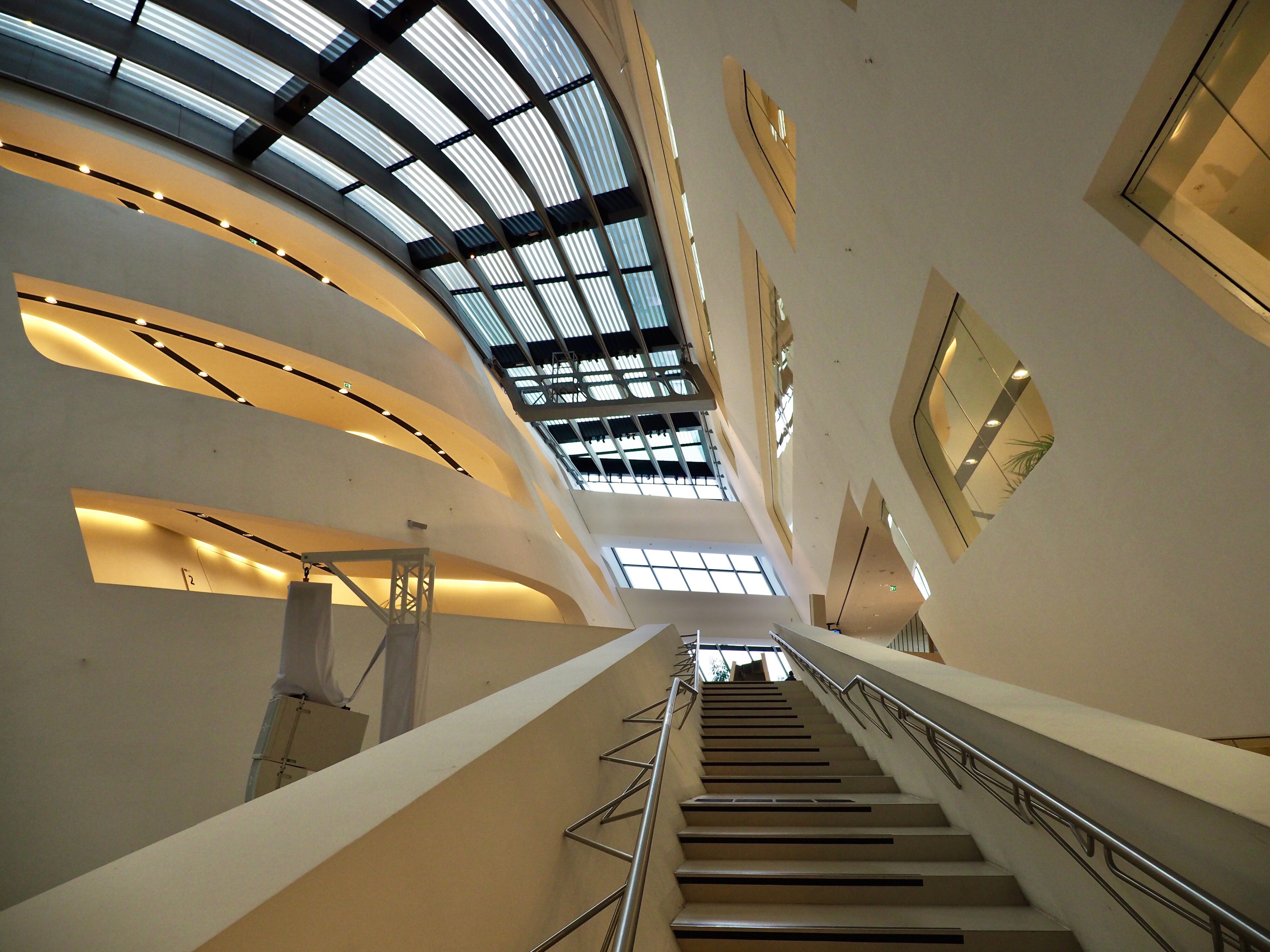
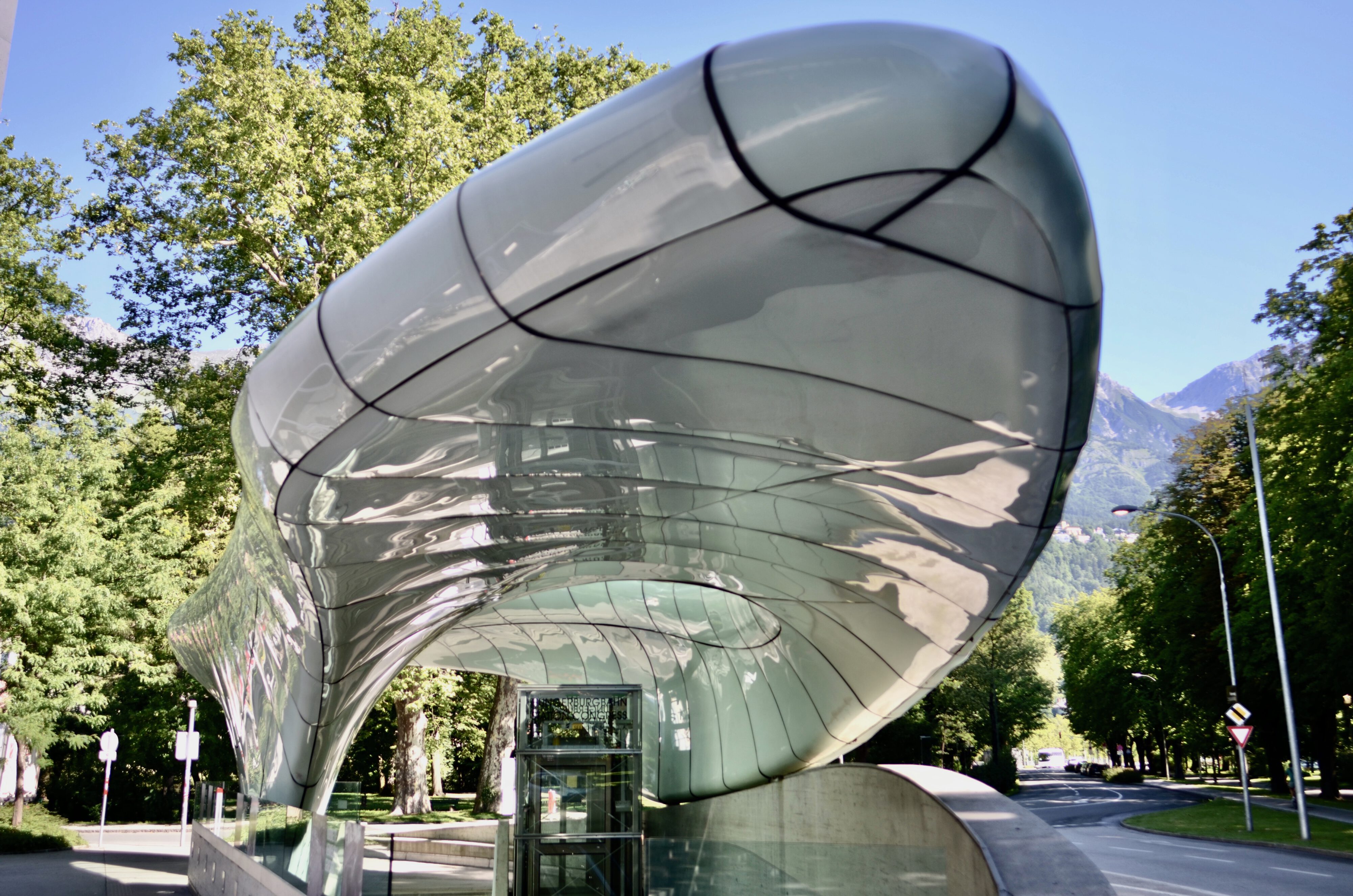
Zaha Hadid’s Hungerburgbahn in Innsbruck, Austria, is a unique and striking example of her innovative approach to transportation design.
The Hungerburgbahn is a funicular railway that connects the city of Innsbruck with the Hungerburg mountain station, located high above the city. Hadid’s design for the Hungerburgbahn features a series of four stations, each with its own unique design and architectural style.
The stations are characterized by their sculptural forms, which appear to rise organically from the surrounding landscape. The buildings are clad in a combination of glass, steel, and concrete, creating a sleek and modern aesthetic that contrasts with the natural beauty of the mountain environment.
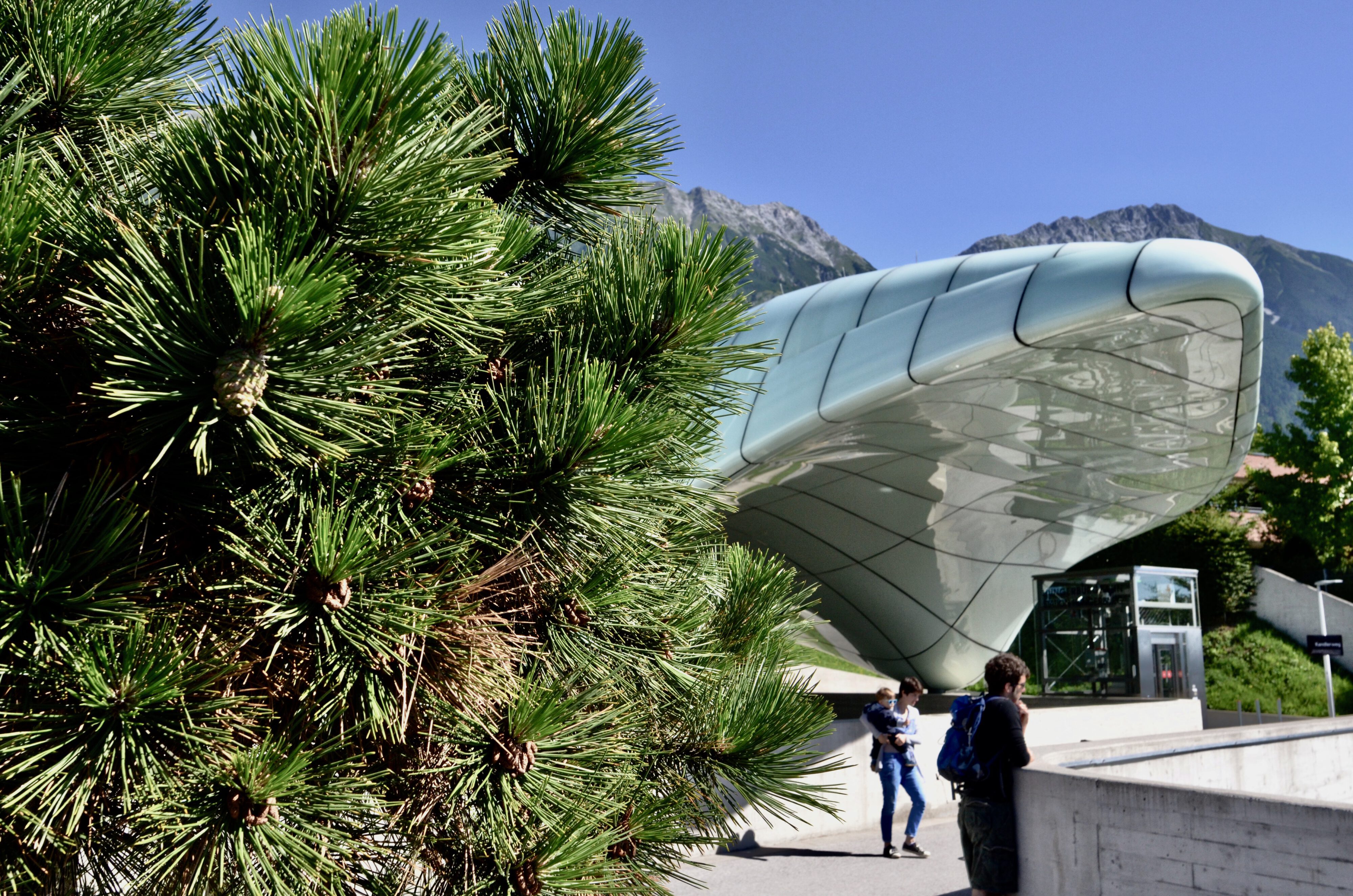

The interior of the stations is just as impressive as the exterior, with a range of innovative design features that create a sense of drama and excitement. The stations feature curved walls, dramatic lighting, and a range of interactive exhibits that provide visitors with a unique and memorable experience.
One of the most striking aspects of the Hungerburgbahn is the design of the funicular cars themselves. Hadid’s design features sleek, streamlined cars that appear to float above the tracks, providing passengers with stunning views of the surrounding landscape.
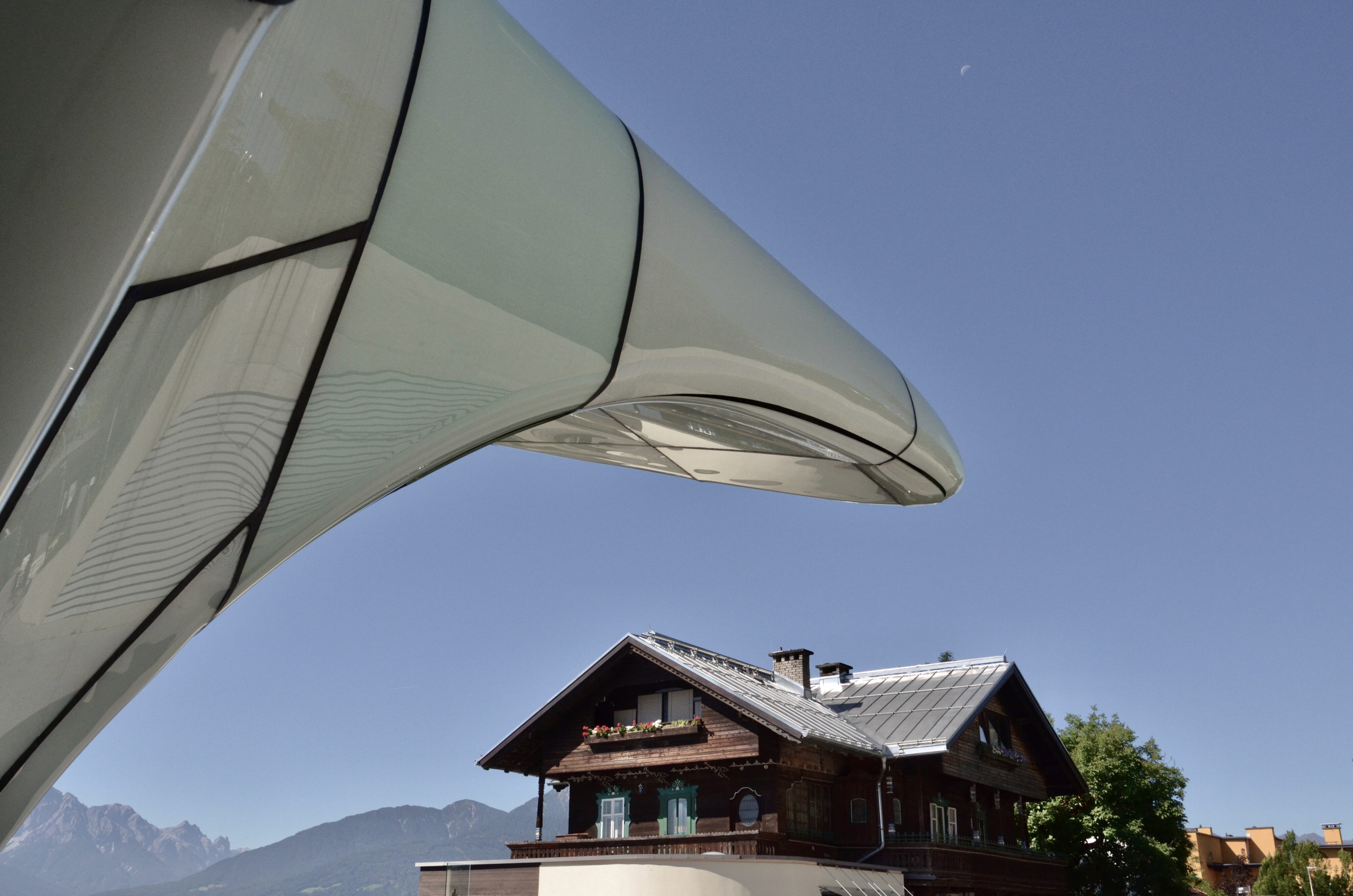
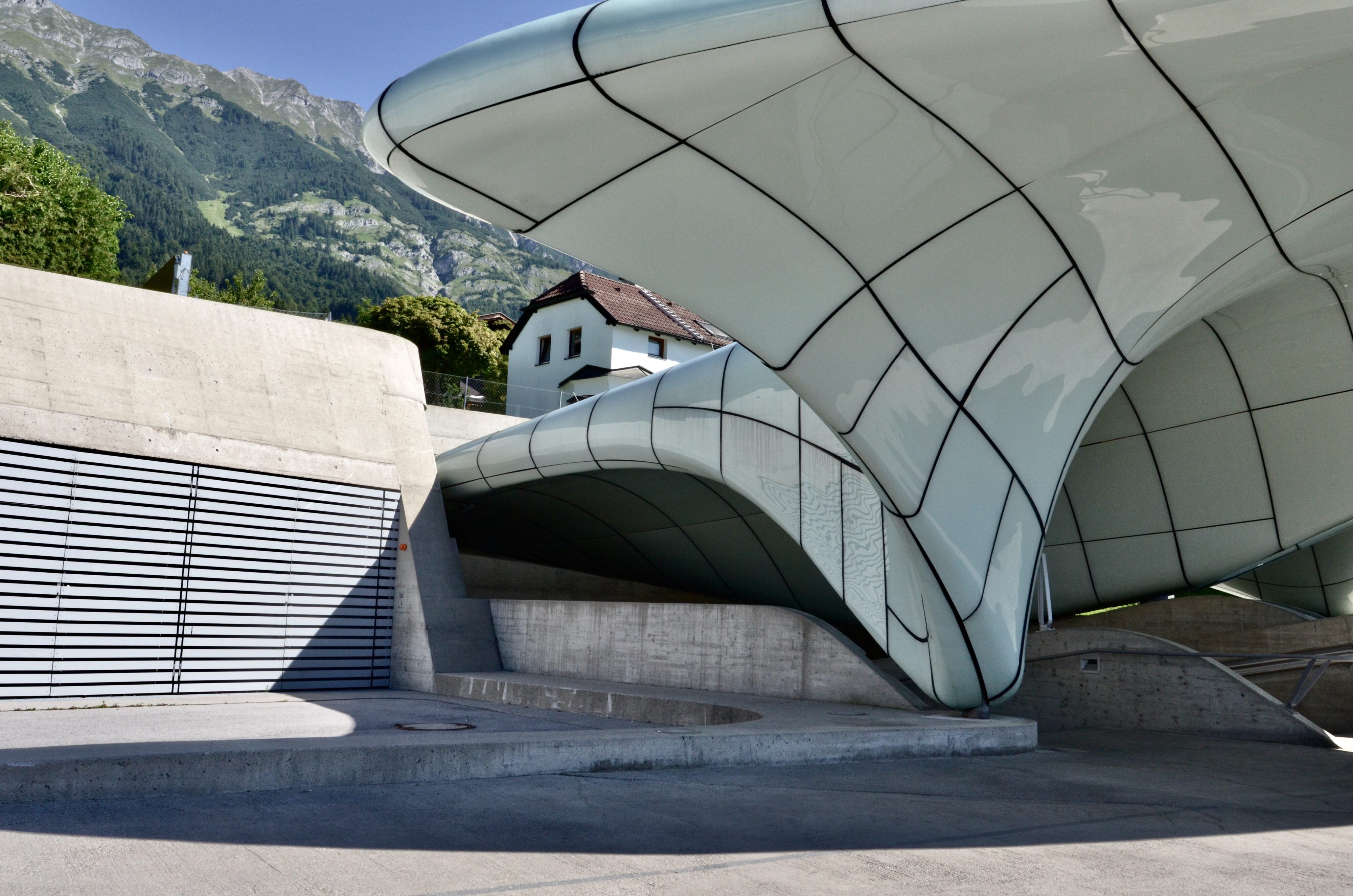
Overall, Zaha Hadid’s Hungerburgbahn is a stunning example of her innovative and dynamic approach to transportation design. The project combines beauty and function in a way that is both practical and inspiring, providing visitors with a unique and unforgettable experience of the mountain environment.
Zaha Hadid’s Feuerwache (fire station) at the Vitra Campus in Weil am Rhein, Germany, is a stunning example of her innovative and dynamic architectural style.
The fire station’s design is characterized by its fluid, sculptural form, which appears to twist and turn as it rises from the ground. The building’s exterior is clad in sleek, shiny metal panels that reflect the surrounding landscape, creating a striking visual effect.
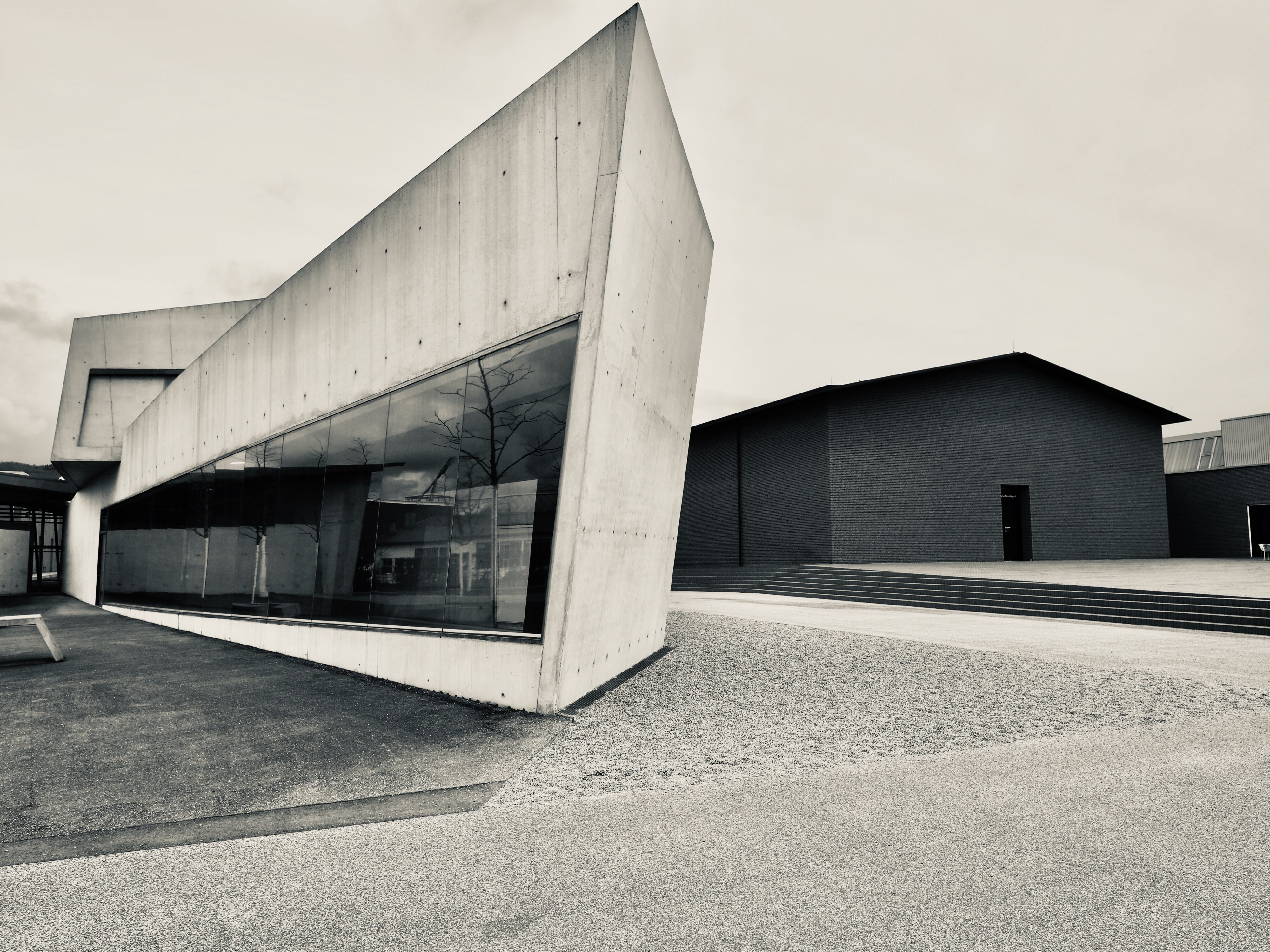
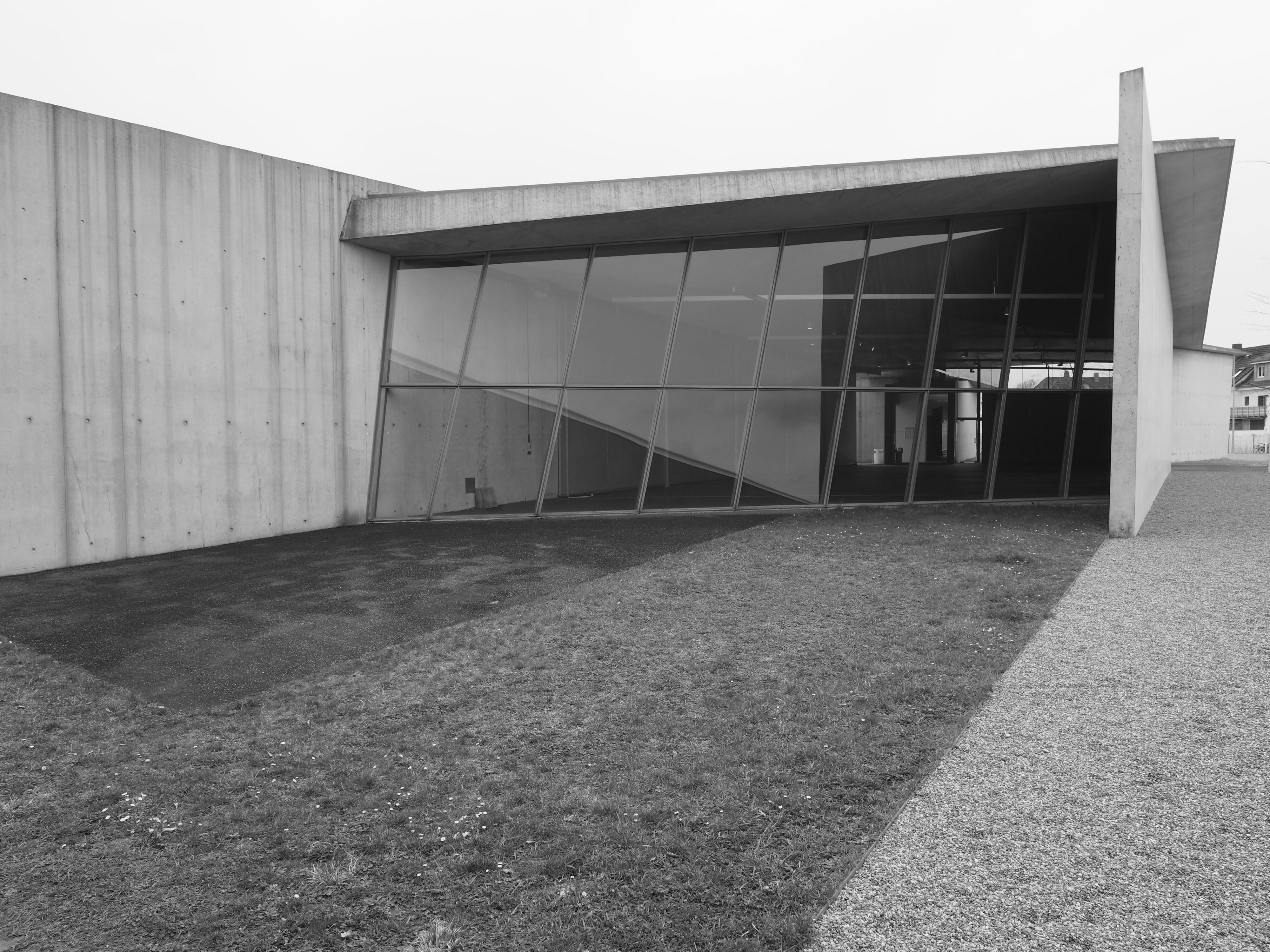
Overall, Zaha Hadid’s Feuerwache at the Vitra Campus is a stunning example of her innovative and dynamic architectural style, combining beauty and function in a truly unique and memorable way.
Zaha Hadid was also commissioned to design the new Hall 3C at the Messe Nürnberg exhibition center in Nuremberg, Germany. The project was completed in 2018, after Hadid’s death, by her architecture firm, Zaha Hadid Architects.
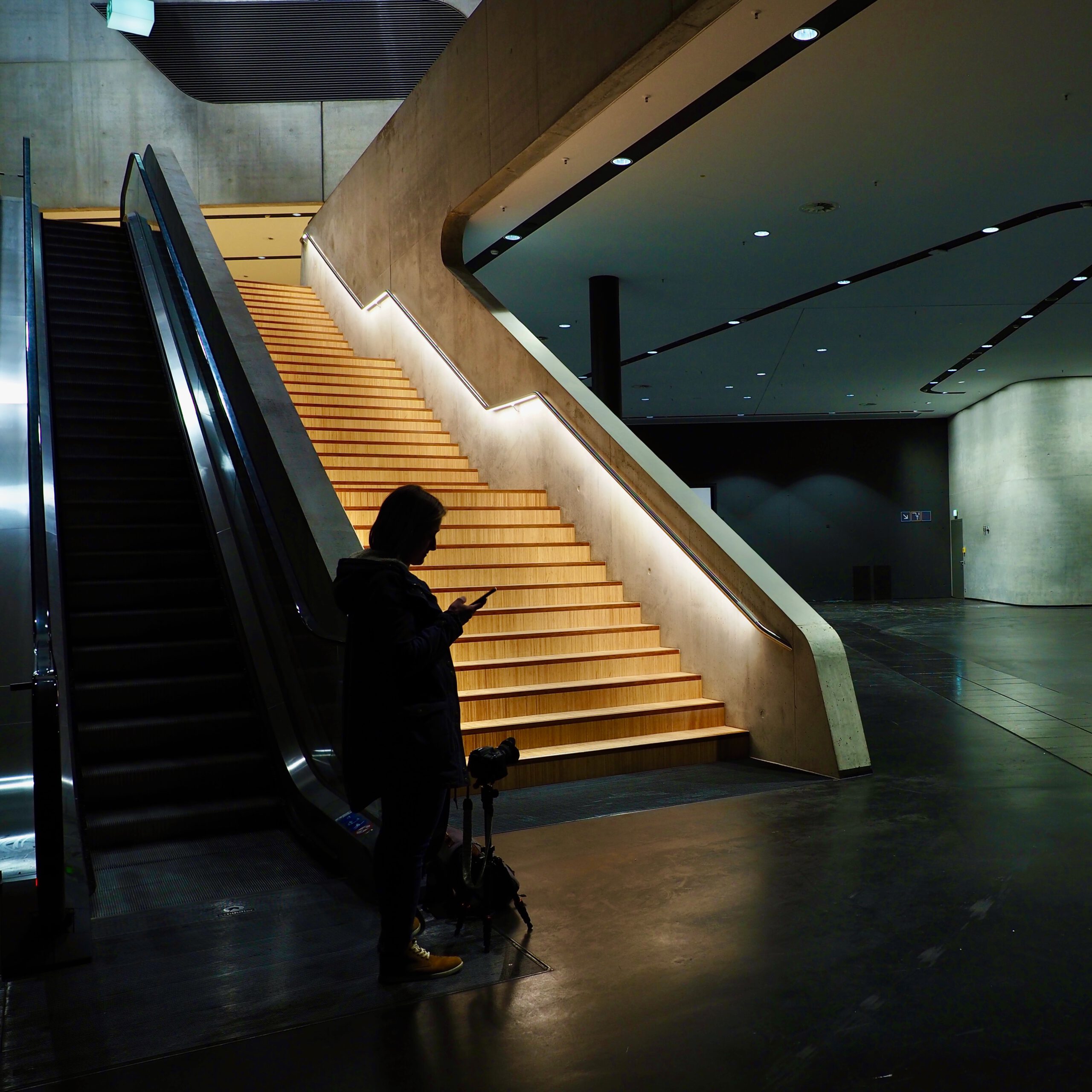
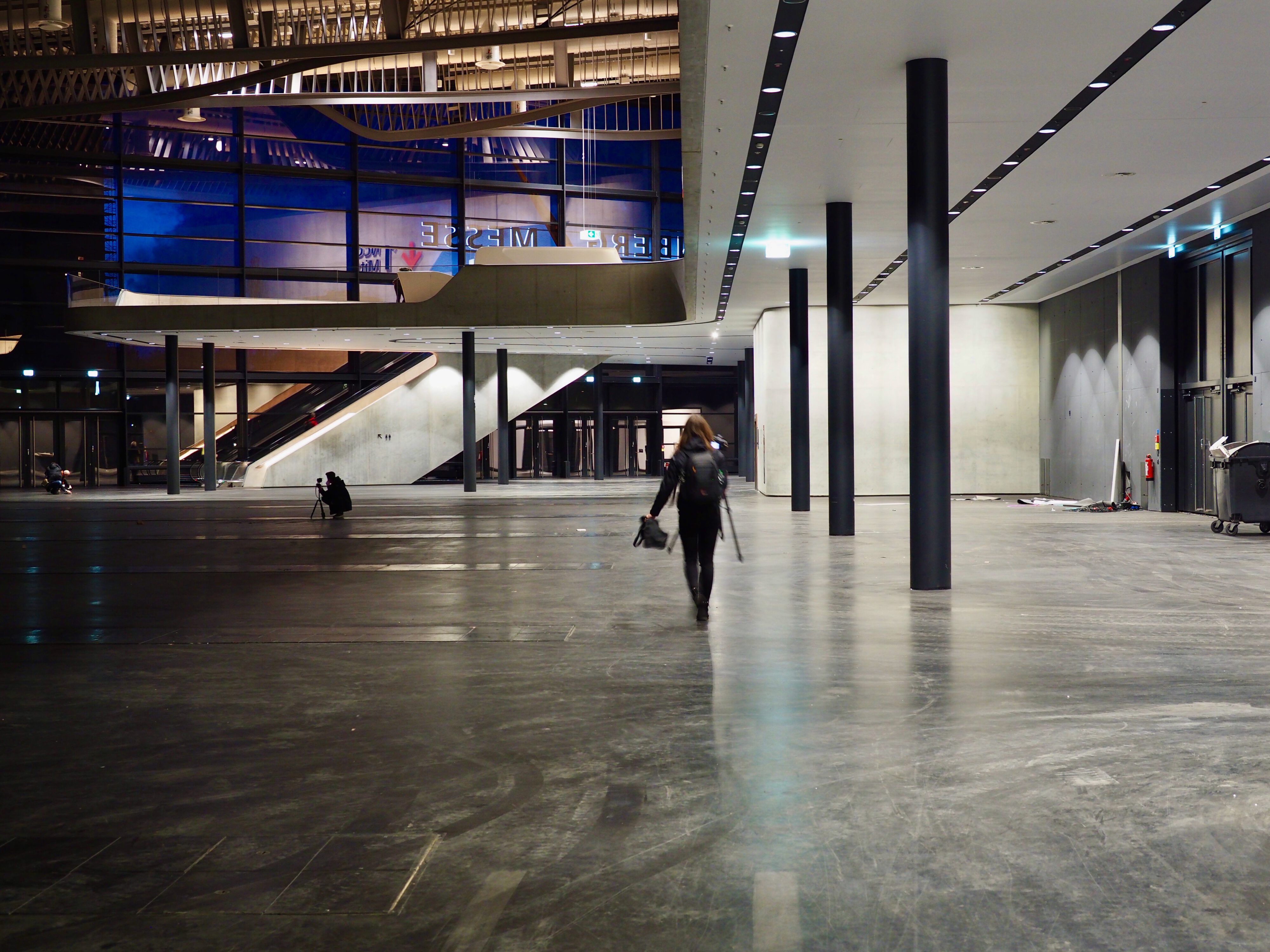
The design for Hall 3C features a striking, futuristic form that reflects the innovative spirit of the exhibition center. The building’s exterior is characterized by a series of sweeping curves and undulating lines, which create a dynamic and fluid sense of movement.
Inside, the hall is designed to be highly flexible and adaptable, with a range of different configurations that can be used to accommodate a variety of different events and exhibitions. The space is flooded with natural light, which filters in through a series of skylights and glazed openings, creating a bright and welcoming atmosphere.
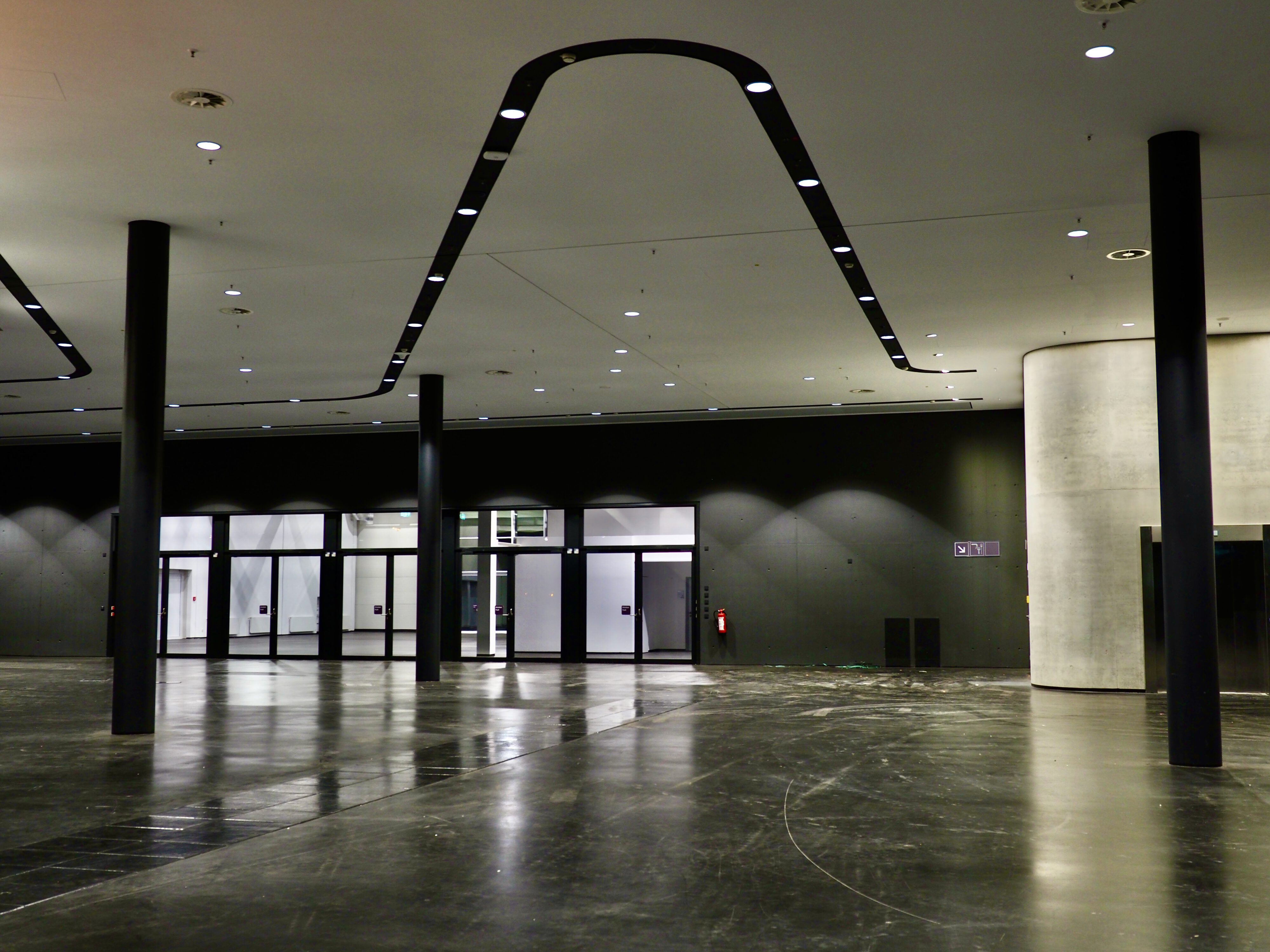
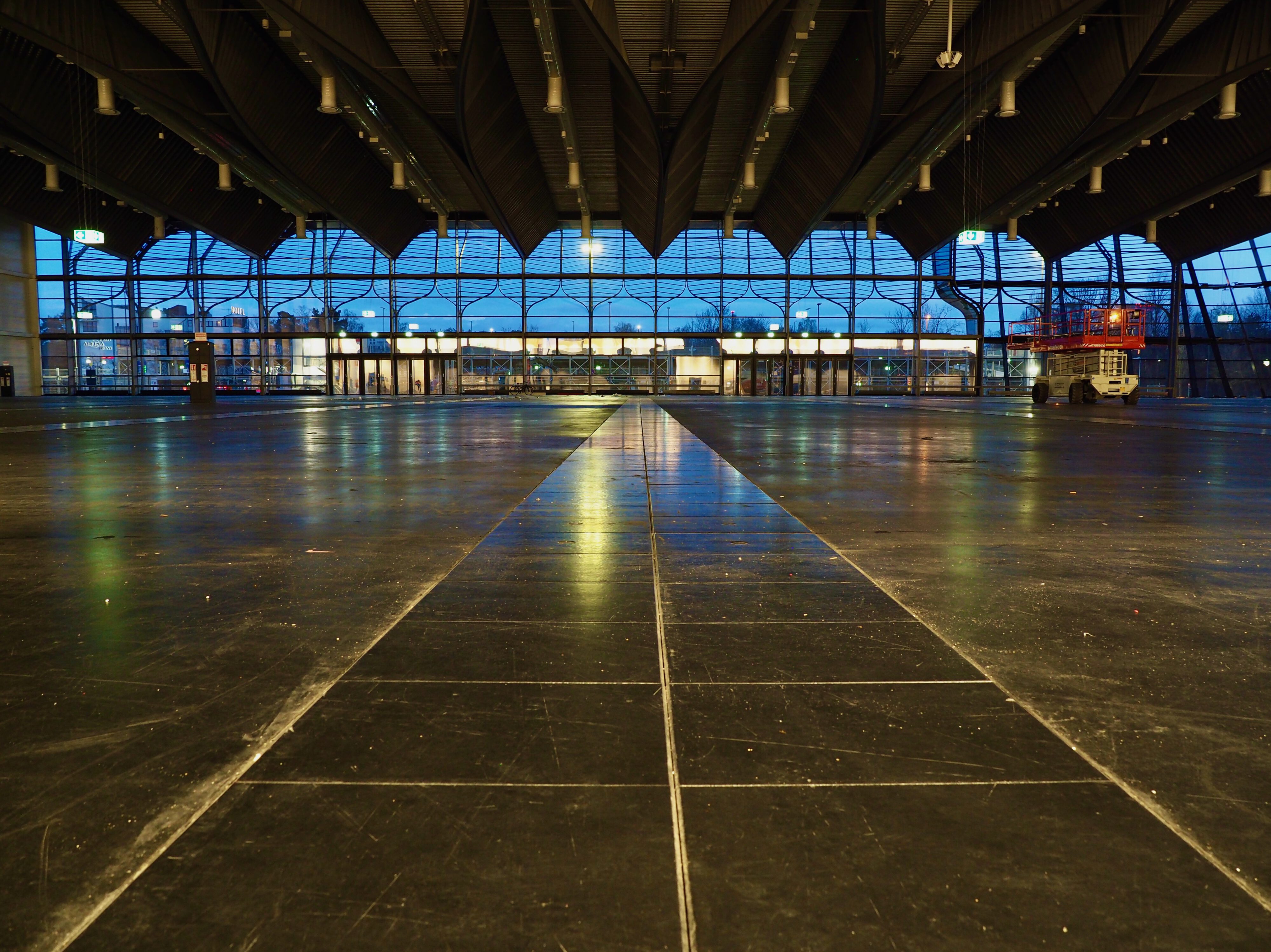
One of the most impressive features of the hall is its innovative roof structure, which is designed to maximize natural ventilation and reduce energy consumption. The roof features a series of large, triangular panels that can be opened and closed to control the flow of air and light into the space.
Overall, Zaha Hadid’s design for Hall 3C at the Messe Nürnberg exhibition center is a stunning example of her innovative and dynamic architectural style. The building combines beauty and function in a way that is both practical and inspiring, providing visitors with a unique and memorable experience of the exhibition center.

